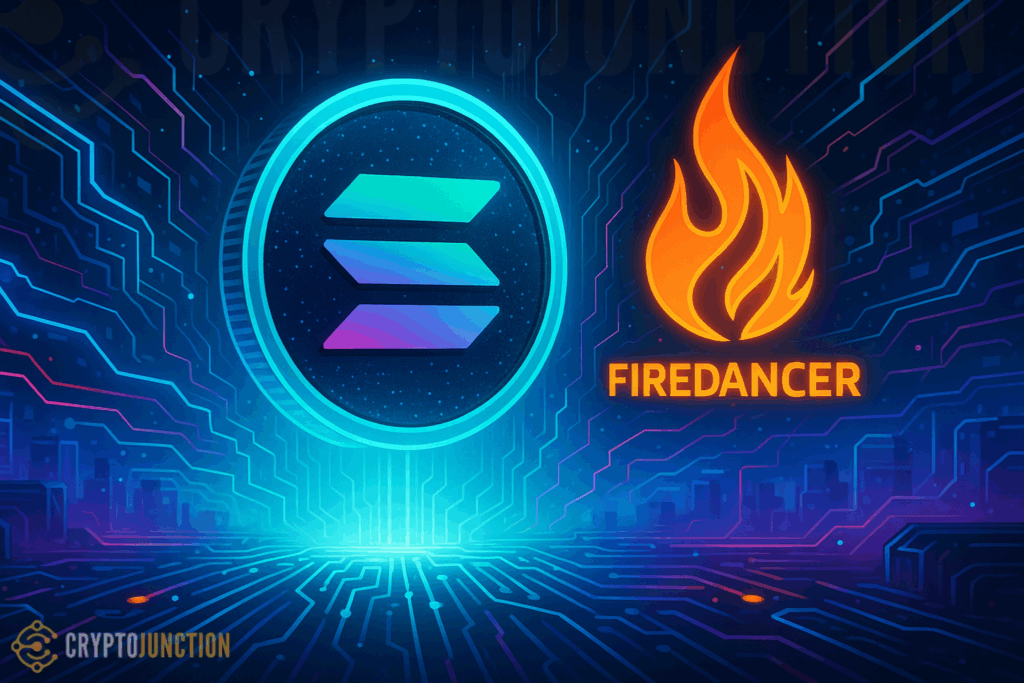Solana is about to get a serious performance boost, and Firedancer is at the center of the storm. Jump Crypto’s latest proposal, SIMD-0370, aims to remove Solana’s fixed compute block limit. This move could make the blockchain faster than ever—but with a twist that might reshape the validator ecosystem.
Firedancer Proposal Targets Speed And Efficiency
The current block limit on Solana sits at 60 million compute units. It caps how much a validator can process. Firedancer changes the game: faster, high-performance validators will tackle complex blocks. Meanwhile, slower validators skip them. According to Solana research company Anza, this creates a performance flywheel. Block producers can pack more transactions, earn higher fees, and incentivize others to upgrade their hardware.
The twist is clear: the network becomes self-optimizing. Validators that lag fall behind, while those with better equipment dominate block production. It’s an elegant mechanism to push Solana’s speed, but it also raises questions about decentralization and the concentration of power.
Firedancer’s High-Performance Edge
Firedancer, Jump Crypto’s validator client, delivers high-speed execution. Built in C++, it optimizes parallel transaction processing and minimizes latency. When combined with the removal of the static block limit, Firedancer could push Solana to unprecedented transaction finality speeds. These could potentially reach just 150 milliseconds once the Alpenglow upgrade rolls out.
Alpenglow itself, approved in a near-unanimous vote, is expected to be Solana’s largest protocol upgrade ever. It will reduce finality time from roughly 12.8 seconds to near-instant execution. With Firedancer in the mix, the blockchain could rival traditional internet infrastructure in speed and reliability.
The High-Stakes Gamble For Validators
The proposal is not without controversy. Engineers like Akhilesh Singhania have warned about centralization risks. If only the biggest validators can afford top-tier hardware, smaller validators could be forced out. This would leave fewer participants controlling block production.
Yet for traders, developers, and high-frequency applications, the potential upside is massive. Solana’s retail popularity, low fees, and robust decentralized apps have already challenged Ethereum’s dominance in certain markets this year. Firedancer’s enhancements could cement Solana as the fastest, most scalable blockchain for Web3 applications. However, the community needs to balance performance with decentralization.
The question now is whether Solana can handle the surge in speed and transaction throughput without leaving smaller validators behind. The network is gearing up for a transformation, and Firedancer is the engine driving it. But whether it will be a revolution or a risky power shift is the story everyone in crypto is watching unfold.

